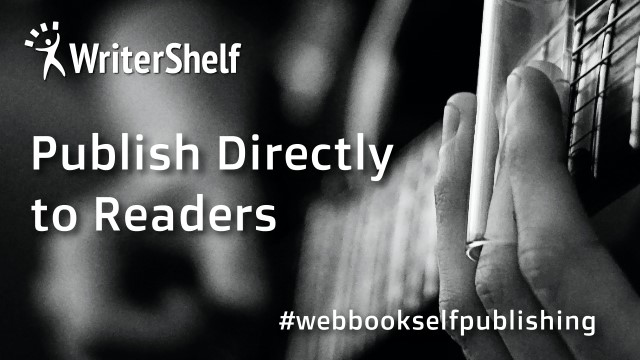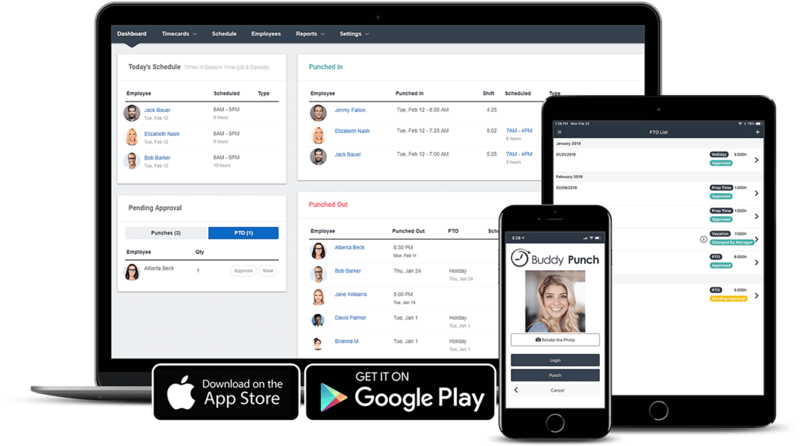Embarking on the Freelancing Journey
476
0
·
2025/05/09
·
3 mins read
☕
WriterShelf™ is a unique multiple pen name blogging and forum platform. Protect relationships and your privacy. Take your writing in new directions. ** Join WriterShelf**
WriterShelf™ is an open writing platform. The views, information and opinions in this article are those of the author.
Article info
This article is part of:
Tags:
Date:
Published: 2025/05/09 - Updated: 2025/05/10
Total: 643 words
Like
or Dislike
About the Author
As a passionate wordsmith, I dive deep into content writing, blending creativity with clarity. My expertise lies in creating compelling narratives and precise English translations. Every project is an opportunity to connect, inspire, and deliver excellence. Committed to growth, I stay updated with industry trends, ensuring each piece meets the highest standards. Let’s transform ideas into impactful content together.
More from this author
More to explore











In the digital age, an increasing number of individuals seek to break free from traditional employment, embracing the lifestyle of self-employment. Freelancing is more than a work model—it is an exploration of personal growth, career design, and the freedom to shape one’s life. This book moves beyond fragmented advice, using a systematic framework to dissect the core elements of freelancing. Combining practical experience with industry insights, it offers a full-spectrum guide, from skill positioning to commercial implementation. Whether you are a new graduate, a career switcher, or a slashie seeking time autonomy, this manual will help you build a robust freelancing system.
Table of Contents
Chapter 1: Cognitive Reconstruction – The Essence and Core Competencies of Freelancing
1.1 Freelancing Is Not “Unemployment”: Redefining Work and Income Relationships
1.2 Three Underlying Logics of Successful Freelancers
◾ Specialized Survival: From “Jack of All Trades” to “Irreplaceable Expert”
◾ Business Mindset: Translating Skills into Sustainable Profit Models
◾ Risk Resilience: Building Diverse Income and Client Structures
1.3 Case Study: The Journey of a Programmer to a Million-Dollar Independent Developer
Chapter 2: Self-Diagnosis – Uncovering Your “Freelance DNA”
2.1 The Three-Dimensional Positioning Method: The Golden Intersection of Skills, Market, and Passion
◾ Skills Inventory: Hard Skills Matrix and Soft Skills Assessment
◾ Market Research Toolkit: Using Google Keyword Planner and Upwork Data to Gauge Demand
◾ Passion Test: Identifying Core Fields via “Flow Experience Tracking”
2.2 Avoiding Pseudo-Demands: The Difference Between “I Think I Can” and “The Market Needs Me”
Chapter 3: The Portfolio Revolution – Crafting a “Love at First Sight” Visual Resume
3.1 Three Core Functions of a Portfolio: Display, Narrative, and Conversion
3.2 Portfolio-Building Guides for Different Fields
◾ Writers: How to Create a Dynamic Case Library with Carrd
◾ Designers: Behance Portfolio Pitfalls and Premium Case Breakdowns
◾ Developers: GitHub Project Packaging Tips and Technical Blog Management
3.3 Cold-Start Strategies: How to Build a Portfolio with No Prior Experience?
◾ Virtual Projects: Creating “Fictional” Solutions for Renowned Brands
◾ Pro Bono Collaborations: Exchanging Free Services for Quality Endorsements
Chapter 4: Business Infrastructure – Transforming Freelancing into a Sustainable “Profit System”
4.1 Legal Compliance: Incorporation vs. Sole Proprietorship? A Global Tax Identity Comparison
4.2 Pricing Strategies: Evolving from “Client Bargaining” to “Value-Based Pricing”
◾ Cost-Plus Method: Calculating Your “Time Cost Baseline”
◾ Tiered Service Packages: Using the Bronze/Silver/Gold Model to Increase Average Order Value
4.3 Contract Risk Management: 10 Legal Clauses Every Freelance Contract Must Include
Chapter 5: Client Acquisition Engine – Shifting from “Passive Order-Taking” to “Active Traffic Generation”
5.1 Platform Selection Matrix: A Comparative Analysis of 10 Major Platforms (Upwork, Fiverr, Xiaohongshu, etc.)
5.2 Content Marketing: Building a Personal Brand with “Value Content + Case Studies”
◾ The Zhihu/WeChat Public Account Viral Formula: Pain Point Analysis + Solutions + Data Validation
◾ The Video Trend: How Designers Use TikTok to Showcase Creative Processes for Traffic
5.3 High-End Client Development: Precise Outreach to Corporate Decision-Makers via LinkedIn InMail
Chapter 6: Financial Management – The Freelancer’s “Anti-Fragile” Financial System
6.1 Account Categorization: Managing Income/Expenses/Taxes/Reserves in Four Separate Accounts
6.2 Tool Recommendations: Building a Personal Financial Dashboard with Notion
6.3 Tax Planning: 12 Tax Incentives Available to Freelancers
Chapter 7: Client Relationship Management – From “One-Time Transactions” to “Lifetime Value”
7.1 The Golden Rules of Communication: Enhancing Client Trust with “Daily Project Progress Reports”
7.2 Post-Delivery Value Addition: Three Key Actions to Boost Repeat Orders
◾ Customized Resource Packs: Providing Industry Reports/Toolkits for Clients
◾ Regular Follow-Ups: Optimizing Service Processes via NPS Surveys
7.3 Case Study: How a Freelance Writer Achieved 80% New Order Growth Through Client Referrals
Chapter 8: Long-Termism – Building Career Moats in a Changing World
8.1 Skill Iteration Matrix: Adapting to Industry Changes with the “T-Shaped Competency Model”
8.2 Risk Mitigation Strategies: Developing a “1+N” Service Structure (Core Business + Derivative Products)
◾ Programmer Case: From “Individual Development” to “Building SaaS Tools + Running Training Camps”
8.3 Mental Resilience: Five Practical Methods to Cope with Freelancing Loneliness